|
Author: Marina Binsack Protecting our shorelines from flooding, sea level rise and storm surges are of utmost importance to Bay Area decision makers. Most Bay Area residents probably don’t know the urgency of this matter, what actions we can take and how we can make them happen. Come June, all nine county residents will get to measure the significance of these issues by voting on Measure AA. But will they have all the information to make this decision? At the Bay Planning Coalition’s (BPC) Spring Summit on May 6th, speakers shared a great deal of knowledge aimed at better informing participants. Our bay is an environmental gem that gives us great pride. It is also an economic hub of global innovation along the southern shoreline in Santa Clara County. On the eastern side are the Port of Oakland and Oakland International Airport in Alameda County while the west side of the bay is home to the Port of San Francisco and San Francisco International Airport. Alameda, Contra Costa and Santa Clara counties also have some of the most vulnerable communities, meaning there is both a high exposure to flooding and other risks and a historic trend of socio-economic inequality. At the summit, I got the chance to hear about a measure that may be the silver bullet. If passed, Measure AA would fund water quality improvement and restoration projects aimed at safeguarding all shoreline communities regardless of clout. David Lewis of Save the Bay took the opportunity to explain this measure and to urge participants not only to vote yes but to support it by donating to the action fund and talking to friends and family unfamiliar with the benefits of wetlands. Measure AA needs a 2/3 vote and consists of a $12 parcel tax earmarked for these projects. For some, this may seem like an extra expense when at the polls, but the reality is the cost will be greater in the long run if, in the words of Ben Franklin, we put off till tomorrow what can be done today. Crucial investments in our future aren’t reserved simply for flood protection projects but also for innovative urban planning designs necessary to implement if we’re going to avoid retreating even further inland. At the forefront of this discussion is Kristina Hill, a professor at UC Berkeley’s College of Environmental Design and another panelist at the event. She expressed both enthusiasm and seriousness when she gave examples of works taking place in Hamburg, Germany, the Netherlands and Osaka, Japan. Hamburg has the chance to start from the ground up, creating a new neighborhood in a former warehouse district along the Elbe River. Here, flooding is expected and incorporated into the design. In the Netherlands, an area familiar to flooding, large volumes of sand were transported along the water’s edge to form a broader barrier between land and sea in a process called rainbowing. In Osaka, high-rises were built behind what is termed a ‘super-levee’ and similar to the horizontal levee pilot project taking place at Oro Loma here in the Bay Area. These cities are headed in a direction where in future years they will still be habitable because discussions stopped and plans were put in motion. In the San Francisco Bay, the discussion continues and so do the questions of how to get to where we need to be.
Measure AA is a first step toward the more ambitious plans explored by Professor Hill, and furthermore, it will benefit both our big economic powerhouses and neighboring vulnerable communities to an equal degree. It will also benefit our vulnerable fish and wildlife and the supporting ecosystems that create this environmental gem that is the bay and our home. This blog entry was written by Marina Binsack, Communication Intern for Friends of the San Francisco Estuary. Marina is graduating from the Middlebury Institute of International Studies with an M.A. in International Environmental Policy. We wish her the best as she starts her career! Friends of the San Francisco Estuary supports Measure AA.
0 Comments
Author: Nicola Overstreet The San Francisco Bay-Delta Estuary is the largest estuary on the west coast of the Americas. It’s also one of the largest points of contention in California’s ongoing struggle to allocate its supply of water. Often, the debate over how much water should be siphoned off from the Bay-Delta and where that water should go is framed as a battle of “fish vs. farmers.” Farmers in the San Joaquin Valley – whose livelihoods depend on water from the Sacramento and San Joaquin Rivers of the Bay-Delta– lament that the amount of water they can use is restricted, seemingly because of environmental regulations protecting Delta fish. When House speaker John Boehner visited Bakersfield in January this year, he remarked, “How you can favor a fish over people is something the people in my part of the world would not understand.” Farmers like Jose Ruiz have been quoted echoing the sentiment, saying that people who have qualms about taking water from the Delta are “worrying about the fish but not about the humans' life.” Those who tout the fish vs. farmers conflict as the root of California water issues appear to believe that the only thing preventing farmland from flourishing through the entirety of the Central Valley is a collection of heartless environmentalists. Some people have taken issue with the supposed clash between fish vs. farmers, because it ignores the many Californians who make a living off of fish both in the Delta and along California’s thousand mile coastline. George Skelton, a political columnist, writes that “it's not about farmers vs. fish. It's about farmers vs. fishermen. Or almonds vs. salmon.” However, reality is still not quite so simple. As it turns out, the group most overlooked by the fish vs. farmers dichotomy actually consists of more farmers. Farmers based along the Sacramento and within the Delta oppose the diversion of fresh water from the Delta because they too need it to maintain their way of life. In a healthy estuary, salt water flowing in from the ocean mixes with fresh water flowing in the opposite direction, stopping the salt water from advancing. However, as that fresh water is diverted away from the Delta, salt water can move further upstream from the Bay and into the Delta uninhibited. Residents of cities like Antioch worry about salt water creeping in from the Bay; their drinking water comes primarily from the Delta. Saltwater intrusion into the Delta affects the estuary ecosystem, drinking water quality, water recreation, and more. And it also scares people like Lynn Miller, whose family has farmed alongside the San Joaquin River for 113 years. As salt water enters the Delta, it will destroy their riverside farm. So maybe the dichotomy isn’t fish vs. farmers, but farmers vs. farmers. Or perhaps it’s closer to Delta farmers and residents and fisherman and boaters and environmentalists and some Bay Area residents vs. Central Valley farmers and residents and other Bay Area and Southern Californian residents. There are thousands of interest groups clamoring to get a hold of the Delta’s fresh water and “fish vs. farmers” oversimplifies and misrepresents the already confusing political discourse surrounding California water.
During times of crisis, people have a tendency to react with knee-jerk policy recommendations. One argument frequently made is that loosening environmental regulations will help to immediately alleviate the drought’s effects, which seems like sound reasoning when viewed through the lens of fish vs. farmers. If you sacrifice the fish, you may help the farmers. But in reality, environmental regulations don’t only protect the environment. They protect the communities that rely on the integrity of that environment. When environmental regulations on the San Francisco Estuary are relaxed or ignored, the fish do suffer, but so do recreational and commercial fisherman all along the coast and all of the communities of the Bay and Delta. By focusing on the interests of Delta fish and ignoring how connected those interests are to the needs of Bay-Delta residents, “fish vs. farmers” trivializes the importance of the well-being of the San Francisco Bay-Delta Estuary. The false dichotomy of fish vs. farmers should have no place in serious California water policy conversations. |
Details
AuthorsFriends staff, interns, and Board members. Archives
November 2018
Categories
|
|
© Friends of the San Francisco Estuary. All rights reserved.
Friends of the San Francisco Estuary is a 501(c)(3) organization Tax ID#: 68-0265026 Web Designer: Mark Bentivegna
|

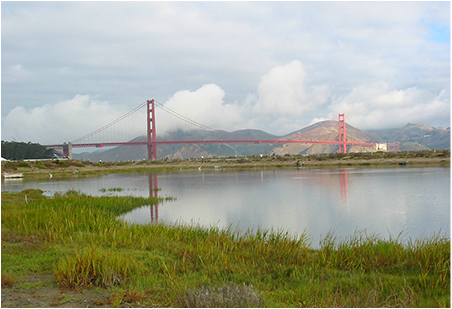
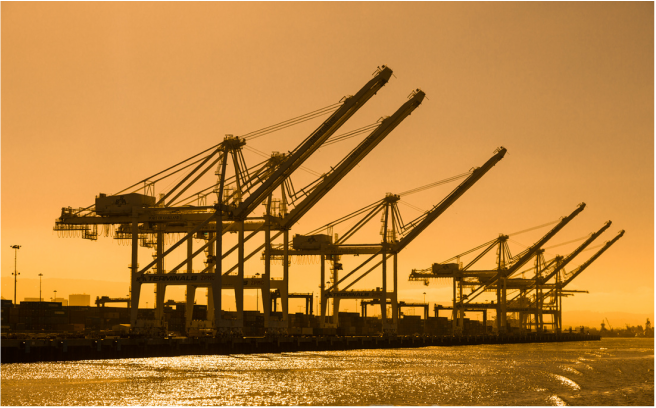
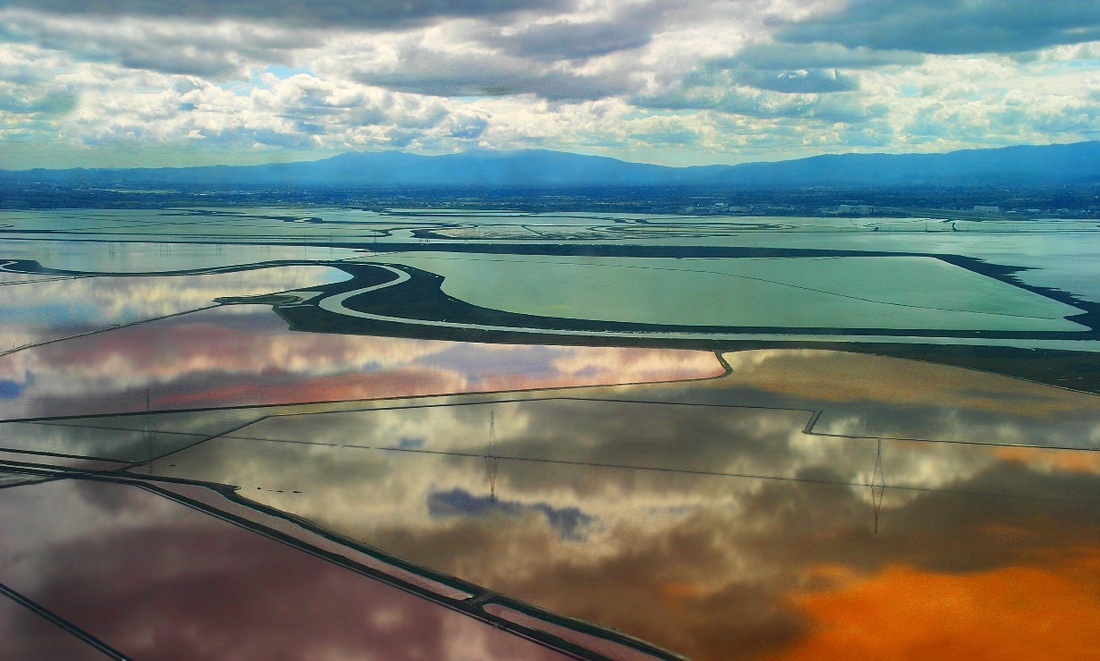
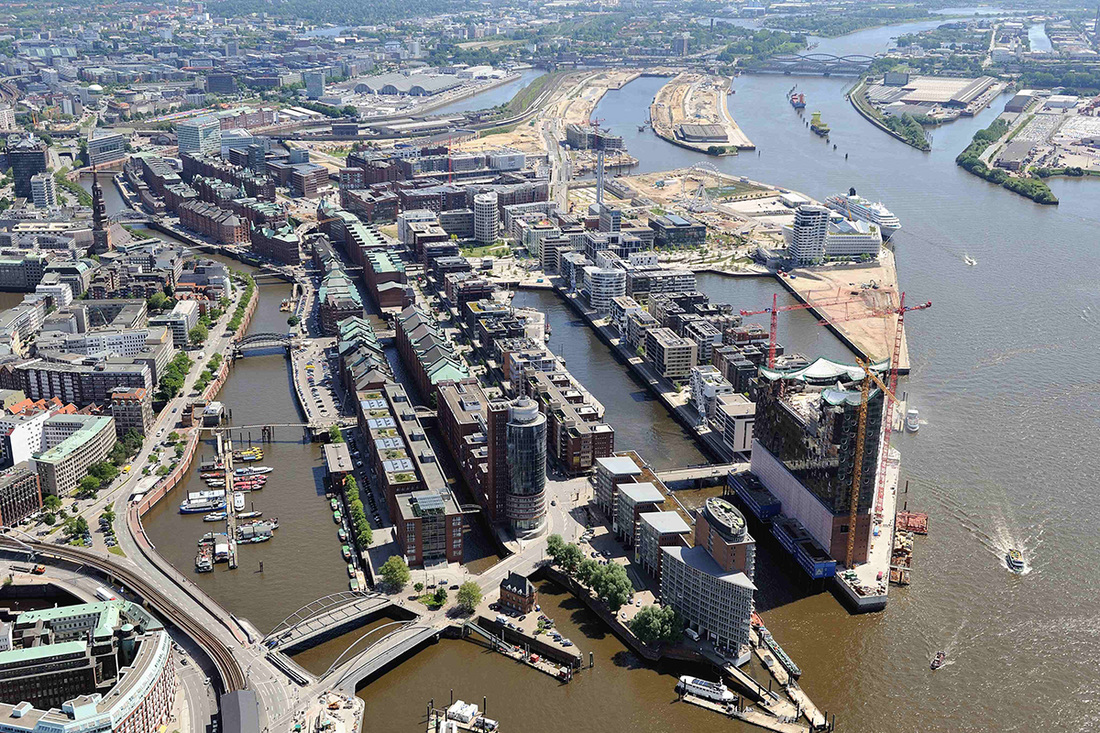
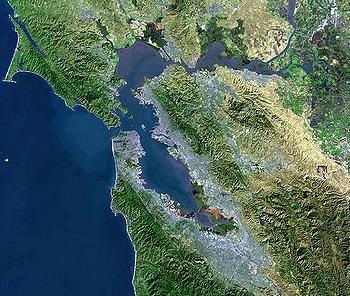
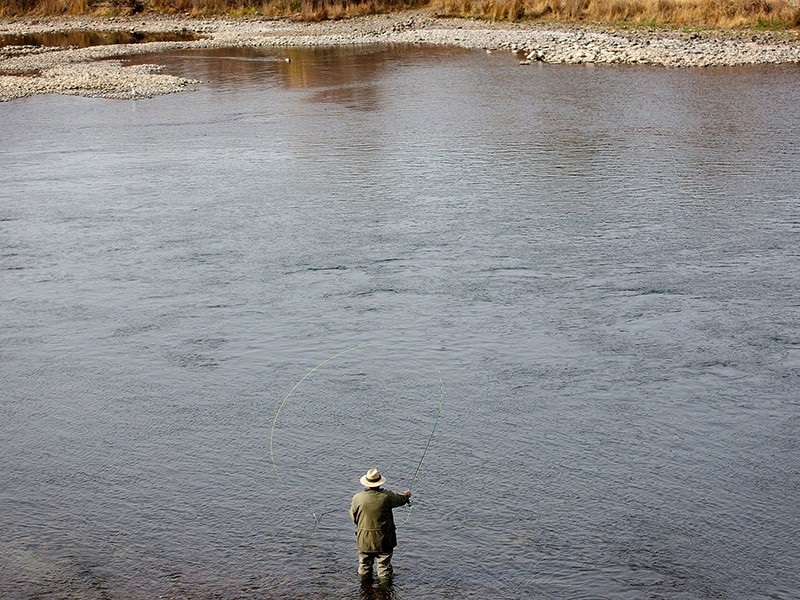
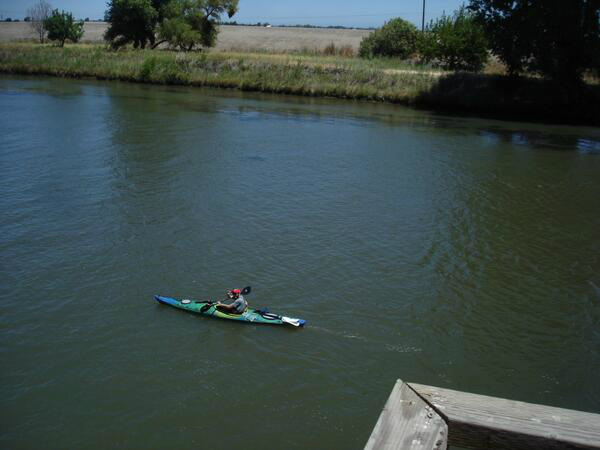
 RSS Feed
RSS Feed
